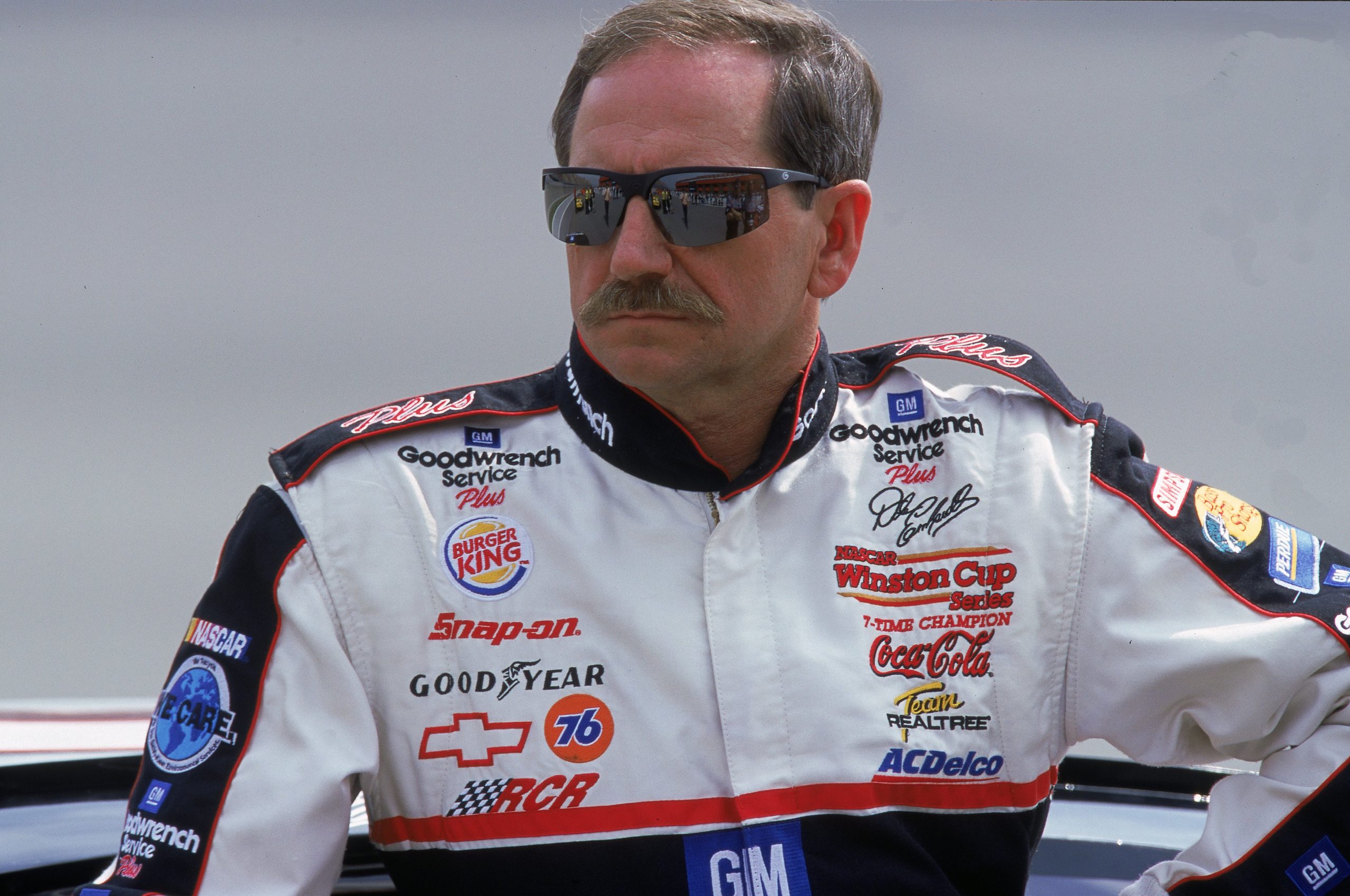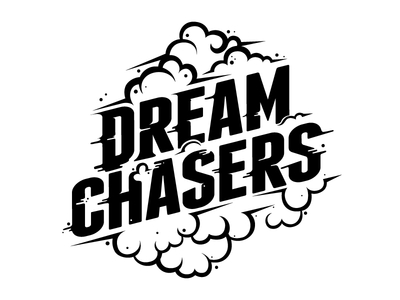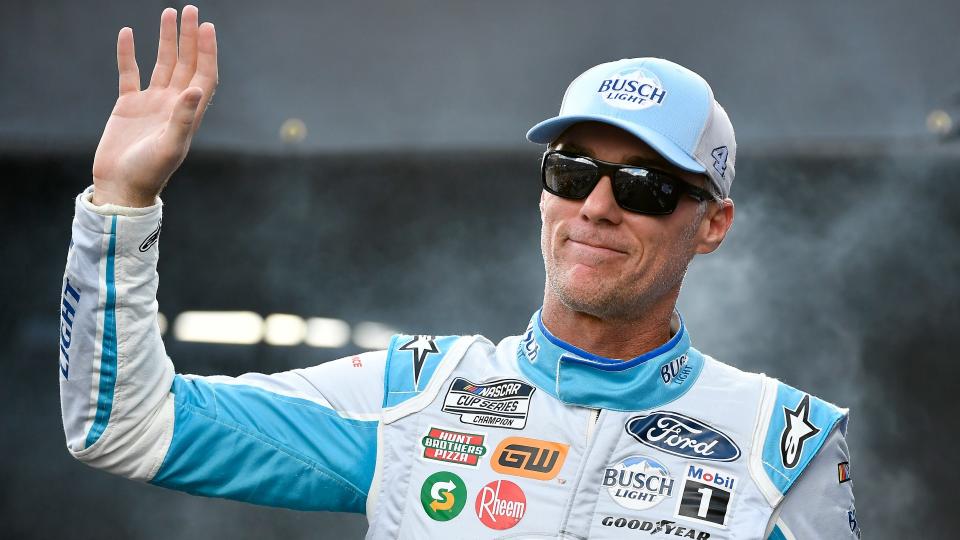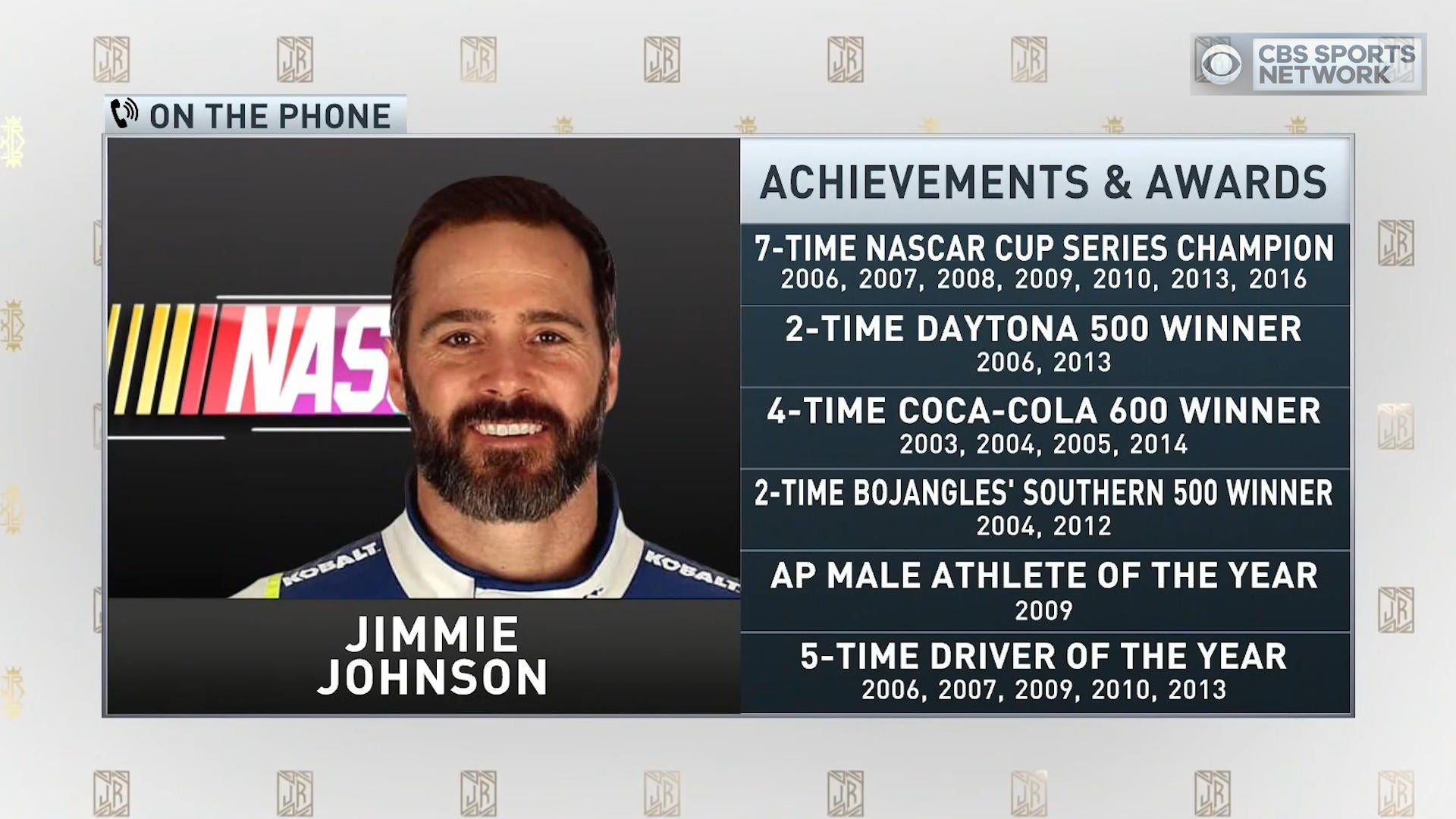By: Zach Draves
He was the intimidator, the man in black, and a tough presence that took no prisoners on the track but managed to give you a loving hug around the neck afterward.
A man whose humble beginnings in Kannapolis, North Carolina bearing witness to the grassroots fundamental style of his textile mill working father catapulted him to become a cultural icon that transcended his sport and won many hearts.
His name represented the true essence of NASCAR, the one only Dale Earnhardt.

(Courtesy: Pinterest)
As an auto racing fan growing up in the 1990s, a time when it was becoming the fastest-growing spectator sport, Dale was everything.
Even as a die-hard rainbow warrior (Jeff Gordon), I also carved out a special place for #3. Not only because my grandfather was one of his biggest fans, but because Dale was special.

(Courtesy: Auto Week)
He managed to bridge a generational divide between the old school hardcore fan base that relished in the drivers building the car from top to bottom all week to go racing on Sunday to the then younger generation that was used to seeing corporate sponsorships and the driver’s dirty work being managed by a team of hired well-paid mechanics.
He was that middle ground between traditional and up-and-coming who could find success in virtually every era of auto racing.
Dale took the sport from its dirt track roots to mainstream America and helped to take NASCAR to extraordinary heights.
His 7 championships, 76 wins, and one unforgettable Daytona 500 win in 1998 after twenty attempts weren’t the only reasons why we loved him.

(Courtesy: Daytona 500 Winners)
It was his drive to win, his strong spirit, his unyielding passion for the sport, and his bottom-up blue-collar approach to success.
His life story is lyrically expressed by the likes of Johnny Cash, Charlie Daniels, Brooks and Dunn, Tim McGraw, and others.
He was authentic and never let the ever-growing corporatization and commercializing of auto racing water him down.
In other words, he didn’t need the hyper-exhausted and polished persona that was owned by some company to crossover, he crossed over as who he was.
He was like a turtle, hard on the outside, but had a softness on the inside.
A man who could make you as angry as all get-up but who could make you laugh so hard you’d cry.
He had an easygoing nature to his personality and a sense of humor that made you feel like you were in the presence of Sheriff Andy Taylor in Mayberry.
Dale was many things to many people.
Which made 20 years ago, February 18, 2001 one of the most painful moments of our lifetime.
It was the Daytona 500 and NASCAR was stepping into a new era and was on the verge of reaching out to the largest audience in the sports’ history with networks such as FOX taking over.
On a crystal clear blue sky afternoon, I and my family gathered at my Aunt Jeanne and Uncle Bob’s house to watch yet another race as we did many times before.
From the start, there was something different about Dale’s approach.
He wasn’t necessarily driving for himself, but for his son Dale Earnhardt Jr. and close friend Michael Waltrip.

(Courtesy: Motorsport.com)
Both of whom were driving under Dale Earnhardt Inc. (DEI).
Throughout the race, all three did their best to stay together to win as Dale had intended.
Then after a major crash involving Tony Stewart and others, the race was under a red flag and you had the three DEI cars out in the top three positions.
The race resumed and you had Michael in the lead, Dale Jr. in second, and Dale Sr. in third.

(Courtesy: Florida Times-Union)
As the final laps came down, Dale Sr. was doing something peculiar.
He was doing all he could to hold back the pack from behind as his good friend and son were locked in at 1st and 2nd.
Not what you would expect from the intimidator.
On the final lap, Dale Sr. held on as Michael and Jr. were on their way, and then contact with Sterling Marlin sent Dale into the wall with veteran driver Ken Schrader.

(Courtesy: Ross Pistons Racing)
To the proud cheers of his brother and legendary driver Darrell in the broadcast booth, Michael Waltrip took home his first-ever NASCAR victory and it was the biggest race of them all.
But while the celebration was going on, there was something not right in the infield on turn four.
As Ken Schrader walked up to Dale’s car, he noticed that he wasn’t responding and immediately called for the medical staff to tend to him.
In victory lane, Michael was anticipating one of Dale’s congratulatory embraces around the neck, but tragically that wasn’t the case.
Dale was pronounced dead later that afternoon.
It wasn’t until later in the day as we arrived back at my house where we heard the news.
We were in utter disbelief.
There had been drivers who had died while competing in the past but this was no other driver.
For the remainder of the 2001 season on the third lap of every race, everyone in the stands stood in unison and put up a number 3 in the air, and the track, with the exception of the cars, went silent.
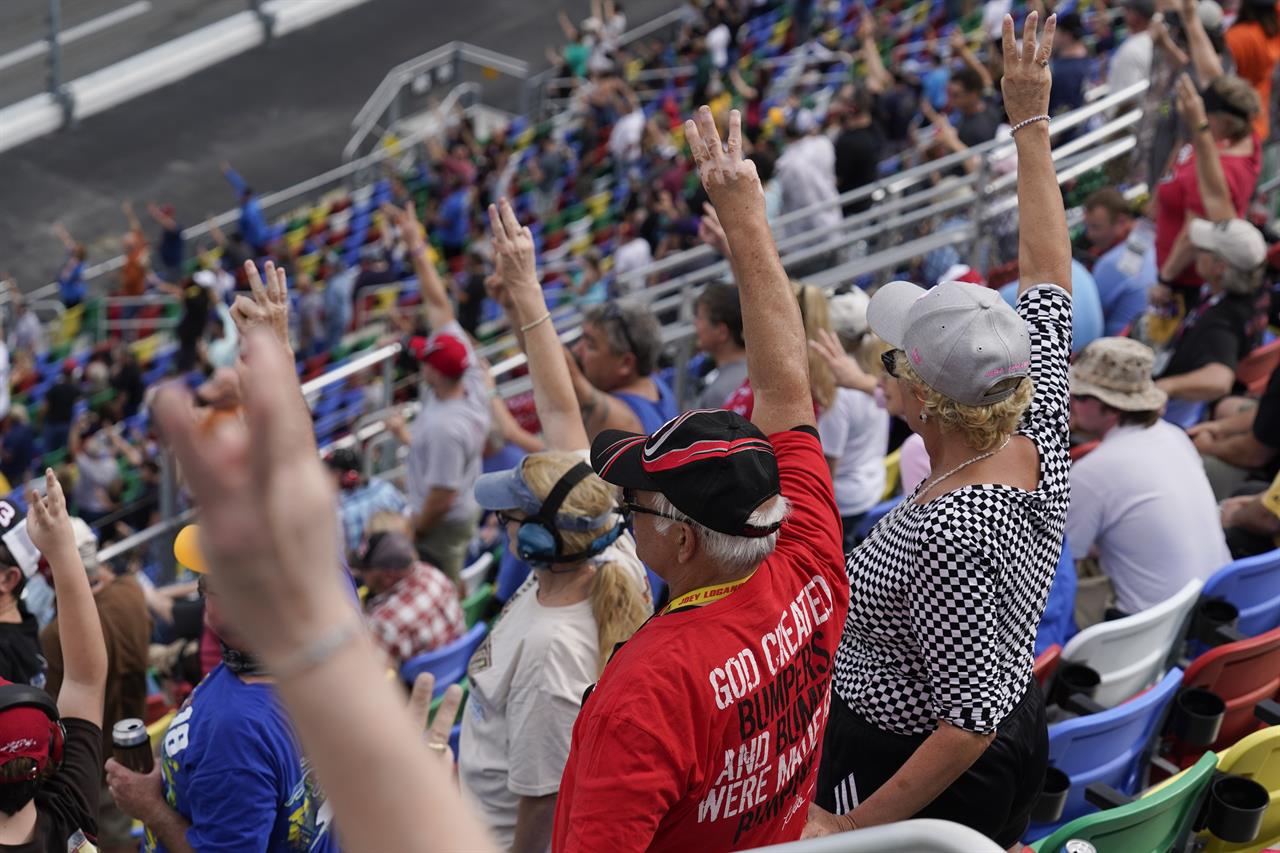
(Courtesy: AM 920: The Answer)
I did my part in June at Michigan.
In the aftermath, it was determined that Dale’s death was due to a broken lap belt.
From that point on, every driver was required to wear an approved harness device and NASCAR ramped up their safety precautions.
Most likely, none of which would have ever happened.
It’s hard to believe that it has been twenty years and that I could still place myself in the exact place when I watched it for myself.
It was to me in 2001 what Kobe Bryant was in 2020.
The legacy of Dale Earnhardt is of a man who succeeded while staying true to himself even as the times around him were changing.
A man did what it took to win and boy did he do that.
Twenty years later, the pain of losing him is still there.
That image of the black #3 Chevy going around at 200 mph is locked into our minds and will never be erased.
A Brooks and Dunn inspired hard working blue-collar man who did things with his hands that most men can’t with his eyes set on the promise.
Rest in Peace Dale Earnhardt.

(Courtesy: Wikipedia)


 NFL
NFL